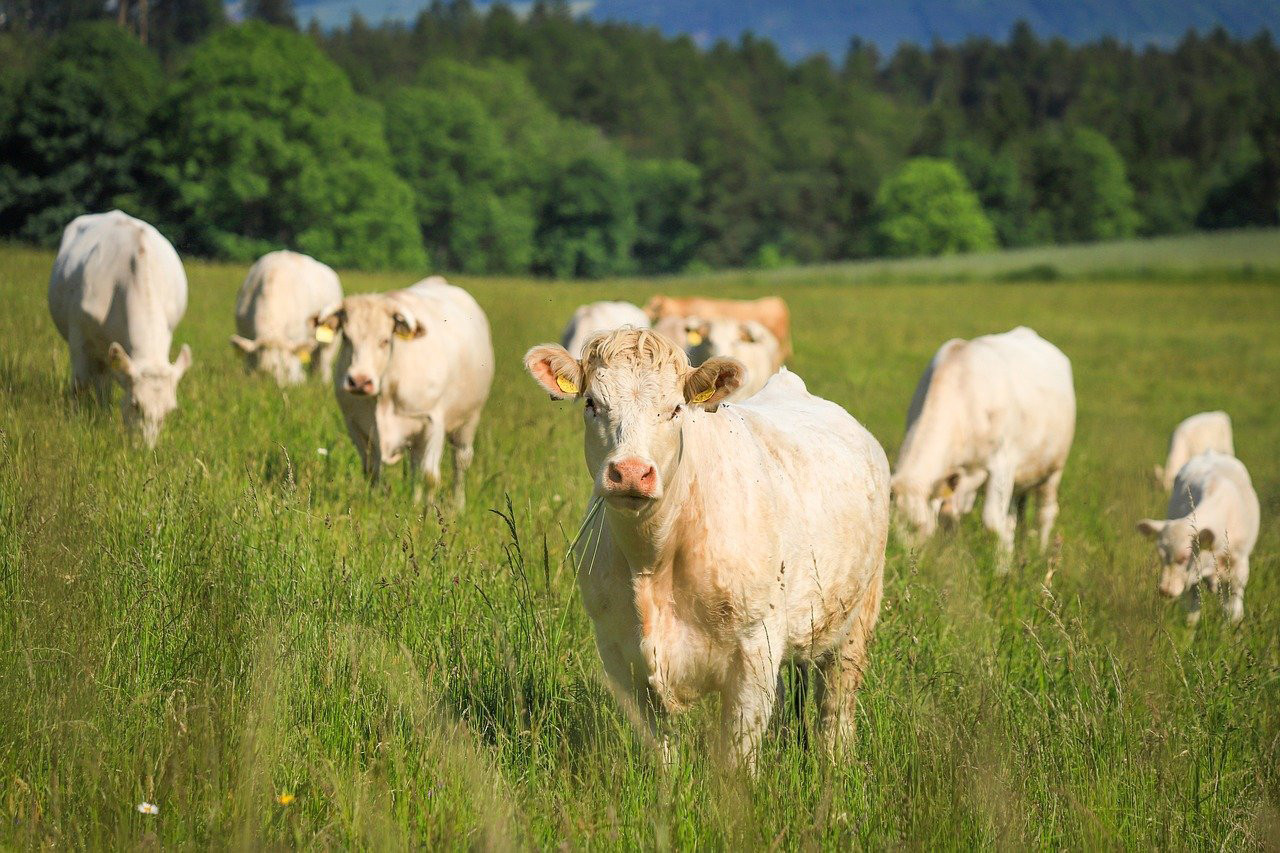Rural
18 December, 2024
QLD farming expectations for 2025
Seasonal conditions, global trade settings and economic growth prospects are the topline themes set to be front of mind for Australian farmers in the first half of 2025, according to Rural Bank’s 2025 Agricultural Outlook Report.

With around two thirds of Australian agricultural products exported, increasingly volatile global markets will be key to setting supply, demand and future growth across Australia’s agribusiness sector.
Farmers are expected to encounter a more positive first half of 2025 amidst a generally favourable rainfall outlook and improving demand prospects, though a volatile geopolitical environment remains a concern for the industry.
A slight easing of ocean freight rates will provide a small boost to exporters amidst a rise in new vessel capacity and lower fuel costs.
The Report notes that the refreshed trade relationship with China will continue to benefit a range of agricultural sectors, while the potential impact a Trump presidency may have on global trade flows and market access to the USA has also prompted much debate within the Australian beef and wine sectors.
Australia gaining an exemption to tariffs that have been proposed during the US election campaign will be a key focus in diplomatic and trade circles over coming months.
An initially lower Australian dollar will maintain export competitiveness across key agricultural sectors as we head into 2025 and provide a further boost for the economy, but while trade conditions are expected to remain generally favourable, volatility across markets more broadly remains a concern.
Australian beef production is set to rise in the first half of 2025, following elevated destocking rates with demand set to remain firm as the US reduction in supply favours Australian producers.
Queensland’s cattle industry is set to experience a big start to 2025. With the recent rainfall, producers may defy the expected broader trend of destocking as the availability of feed encourages restocker demand.
If this scenario does eventuate, prices in the state could marginally lift, however the well above average levels of cattle available on the market is more likely to push prices downward.
Slaughter rates are forecast to increase throughout the first half of next year, with strong local supply on markets.
Cattle prices will ease marginally across the first half of 2025 due to high levels of supply, but overall, the lift in beef production and continuing strong export demand provides a positive outlook for producers, even with softer pricing.
Demand for Australian lamb is expected to be firm through the first half of 2025. Tighter supply, as well as improved domestic economic conditions and demand from major export markets are expected to keep prices sitting above five-year average levels, albeit steady to marginally lower through the first half of 2025.
Australia’s wheat production for the 2024/25 season is forecast at 31.2 million tonnes, up 19 per cent from last season, with barley production set to rise five per cent to 11.1 million tonnes, with a tight supply scenario expected to keep Chinese demand for Australian barley strong, providing support for prices.
Wheat exports have been sluggish at the start of the 2024/25 marketing season and while Australian markets are pricing in export demand, the current price level is not yet competitive enough to capture a larger share of the global market.
To establish a stronger position ahead of the northern hemisphere harvest, Australia will need to ramp up exports more aggressively in early 2025.
Queensland grain growers have finished harvesting their 2024/25 winter crops with current production estimates making it the state’s second largest crop on record.
Quality has been very good with most of the harvest finished before widespread rainfall.
Growers are now looking to complete summer sorghum planting, which is going into very good soil moisture.
For horticultural producers, the outlook for the first half of 2025 remains broadly positive with improving conditions and favourable water availability driving a lift in horticultural production compared to the first half of 2024.
Above average production and positive demand will offset lower domestic prices, which should ease slightly on the back of strong supply.
The Avocado industry’s push to expand market access has continued to pay dividends for growers, with exports tracking 26.7 per cent ahead of last year.
India, UAE, Thailand and Malaysia all recorded substantial jumps in export value.
Avocados Australia are forecasting Australian production will decline in 2024/25 to just under 131,000 tonnes. This is down from the record production of slightly below 151,000 tonnes in 2023/24 where Queensland accounted for 42 per cent of total output.
Queensland output is likely to lift slightly this season following a biennial down year in 2024.
Shepard avocado season is due to kick off in February and run through May with harvest first starting in Northern Queensland before moving south.
Water storage levels across southern Queensland will aid Macadamia producers into 2025.
Vegetable producers across key regions in Burdekin and the Lockyer Valley are benefiting from full water storages. High output is anticipated, assuming favourable weather.

